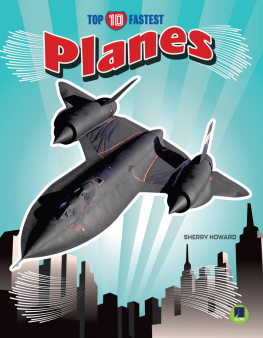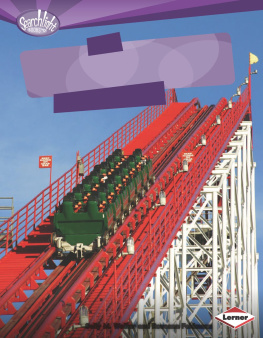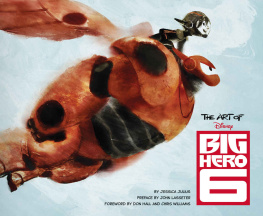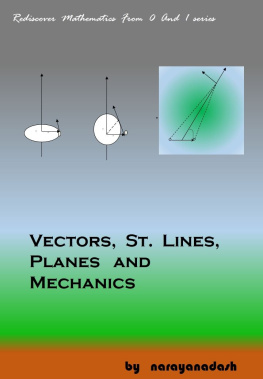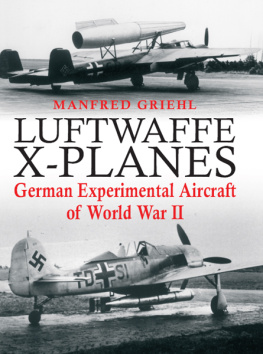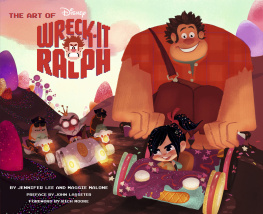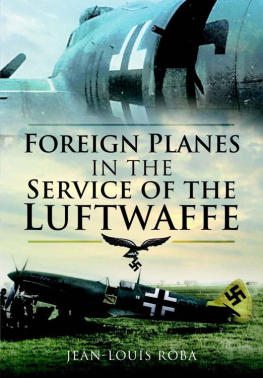
Ryan Carlson, Digital
BY TRACEY MILLER-ZARNEKE
PREFACE BY JOHN LASSETER
FOREWORDS BY KLAY HALL AND BOBS GANNAWAY
Front cover: Ryan Carlson, Digital
Copyright 2014 by Disney Enterprises, Inc.
All rights reserved. No part of this book may be reproduced in any form without written permission from the publisher.
Library of Congress Cataloging-in-Publication Data:
Miller-Zarneke, Tracey, author.
The art of Planes / by Tracey Miller-Zarneke ; preface by John Lasseter ; forewords by Klay Hall and Bobs Gannaway.
pages cm
ISBN 978-1-4521-2799-6 (hc)
ISBN 978-1-4521-4526-6 (epub, mobi)
1. Planes (Motion picture)Illustrations. 2. Animated filmsUnited States. I. Title.
NC1765.U53P59 2014
791.4334dc23
2013036168
Designed by Stuart Smith
Chronicle Books LLC
680 Second Street
San Francisco, CA 94107
www.chroniclebooks.com
The following are trademarks, registered trademarks, and service marks owned by Disney Enterprises, Inc.: Disney, Disneyland Park, Disneyland Resort, Disneyland, Fantasyland Area, Imagineering, Imagineers.

Art Hernandez, Digital
CONTENTS
Preface by John Lasseter
P lanes began during the transformation of DisneyToon Studios. When Ed Catmull and I first came to DisneyToon, we found a studio full of talented artists and filmmakers limited to making one-off direct-to-video sequels of Disney animated films targeted toward younger audiences. In order to lift their artistic spirit, we stopped making sequels and focused on making original films derived from one small aspect of a previous Disney film. In the case of Tinker Bell, the filmmakers took a favorite character from Peter Pan and asked two simple questions: Where did she come from? Are there more fairies out there like her? The answers presented a whole new world for the artists to research, to explore, to make real. Once the Tinker Bell films were going strong, there was a desire to start up a new series of movies that were more boy oriented. To be honest, I dont like to categorize films by gender or distribution. They are not made just for boys or girls or direct-to-video or theatrical. We aim really high with every film we make, no matter what part of Disney is producing them or how they are being distributed. We use all of our best talent and effort to make great animated films for everyone.
Director Klay Hall shares my deep passion for trains, so when we began looking for a new world for the artists at DisneyToon to create, we started working together on a story about steam trains in the Wild West. It was exciting, but my intuition told me there was a bigger idea out there. One day, I was flying from Pixar to Disney and I had an epiphany: Instead of just trains, we could explore all the other vehicles in the World of Carstrains, airplanes, boats, construction vehicles. When I got off the plane I called Klay immediately. Mind you, we had a meeting in one week with Disneys CEO and executive committee to pitch our trains story. I told Klay the new idea, and there was a moment of silence. Then he said enthusiastically, Thats awesome! Lets do it.
I drove straight to the studio and got into a room with Klay, Jeff Howard, and Paul Gerard. I assumed Klay would want to start with trains, but instead he said, Planes. I want to do a movie about planes. Then he told us about his dad. Klays father was a naval aviator, and when Klay was a child he used to take him to the airport runway to watch the planes take off and land. Planes have always been a part of Klays life. Its in his blood. So, we thought of the slowest plane we could imagine for our hero: a crop duster. Its a type of plane that flies low and slow and definitely not around the world. We would discover later in our research that crop dusters were not only used for agriculture but also to fight fires. Our new character could fly us through both Planes and Planes: Fire and Rescue. A week later, we pitched it to the executive committee. It was a huge home run.
Ive always believed in doing tremendous research for every movie we do in order to find the truth of the subject matter. The filmmakers embraced this principle and immersed themselves deeply into the world of aviation. Just like Cars, all these vehicles are alive and their world has to feel real. So Klay and his team talked to pilots and airplane manufacturers, visited air shows and races. They traveled across Minnesota to explore small airports and interview crop dusters. They flew in all sorts of aircraft. And they filled the story of Planes with the love and passion of these pilots and ground crew, inspired by their stories and the rich history of aviation.
At the same time, director Bobs Gannaway engrossed himself in the world of air attackfighting forest fires from the air. Bobs and his artists connected with air attack bases, firefighters, and organizations like Cal Fire. They discovered that most firefighting airplanes started their lives as something else. Everything at those air attack bases had been repurposed and rebuilt, so there is a grandmas quilt quality to it. The filmmakers were moved by the incredible bravery of the people who go in when everyone else is going out: the people who put their lives on the line to save people they dont even know. Planes: Fire and Rescue is a tribute to that bravery.
Many people feel that the Cars and Planes movies are meant for little boys, but nothing could be further from the truth. This book should dispel that misconception. When you see the artistry that is essential to making these films, you will come to understand that the level of detail, planning, and cleverness is equal to any other animated film made at Pixar or Disney. In these pages, you will discover the tremendous amount of creative effort that has gone into making these films great entertainment for everyone. I hope you enjoy it.
Forewords
I grew up in an aviation family. My dad was a Navy pilot; my grandfather was a pilot as well, and taught my pop to fly when he was twelve. They passed that love of aviation on to me at a very early age. Dad would load up the car, grab some burgers and Cokes, and wed hang out at the end of the local airfield. As planes would fly in and land, or taxi out in front of us, hed talk about the characteristics of the different aircraft. Id often draw the planes while I listened.
Flash forward to May 2009. I had become a friend and coworker of John Lasseter, and we found we shared a common love of all things machine. Fast exotic cars, vintage and streamlined locomotives, and yes, airplanes. As I was exploring one of these ideas for my next film, I received a call out of the blue. It was John. He said he had an epiphany on the flight down from Pixar to Disney, and explained his idea about expanding the World of Cars. With that amazing canvas laid out in front of me, I realized I wanted to tell a story about planes. I had to tell a story about planes. John was completely on board, and we launched into development like a catapult shot off a carrier. You can imagine how I felt, as my lifelong love of aviation and my other love of animation (especially the films of Walt Disney) came together in one amazing project. I would be assisted by John, and my film would be produced and released by The Walt Disney Studios.
Planes is a testament to the army of talent that it took to make it happen. A little over four and a half years and two million film frames of effort went into it, and only a very small portion can be represented in this book. A big heartfelt thanks to John Lasseter, my inspirational leader, and to my producing partner, Traci Balthazor-Flynn. A big thanks as well to the brilliant art direction of Ryan Carlson, without whom this book and the wonderful look of the film would not have happened. And a special thank-you to the hundreds of other folks, cast and crew, who participated in the making of this movie.
Next page

